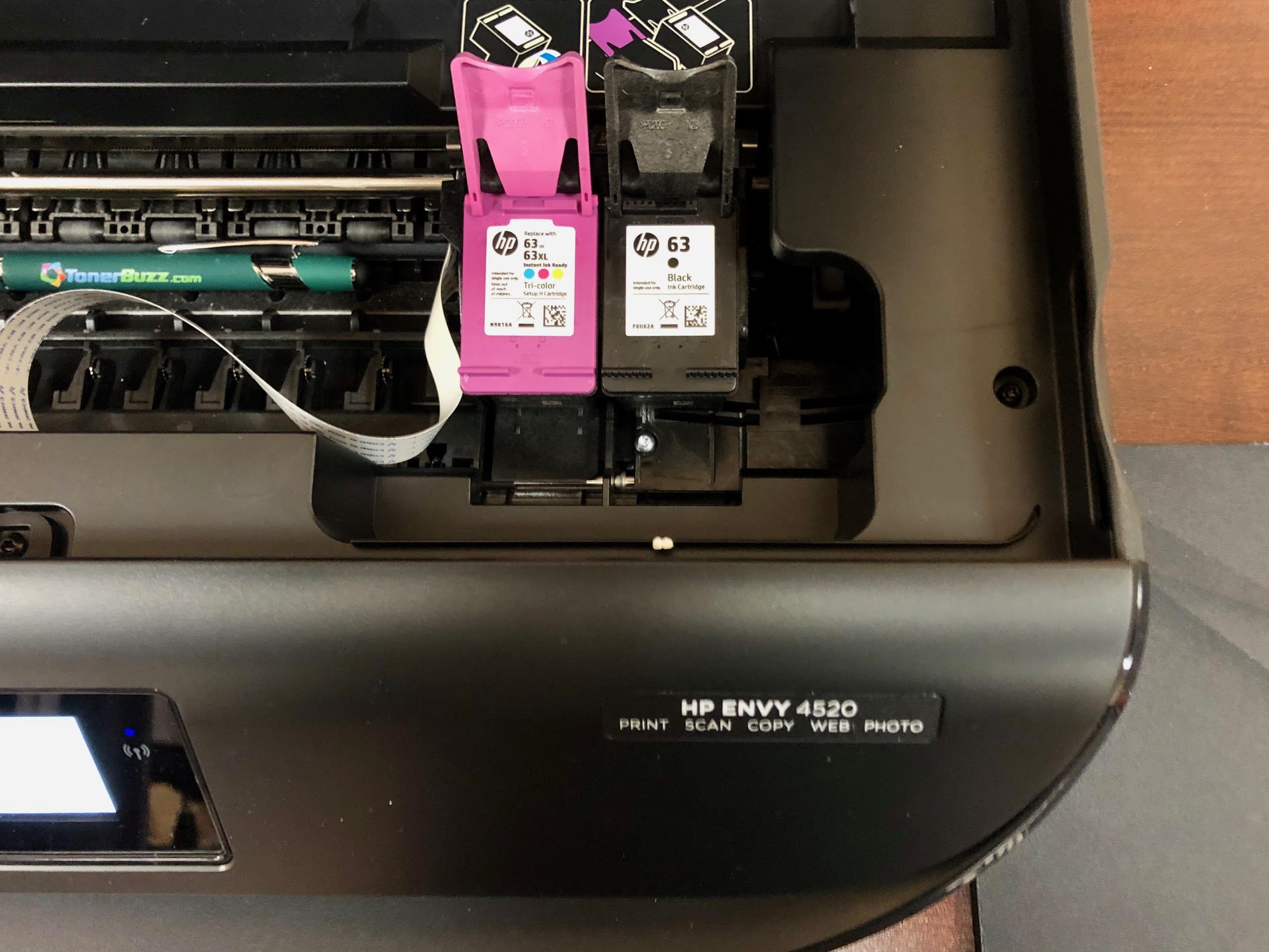
Color shading is adjusted through the addition of white pigments, such as titanium dioxide. Colored ink are made with dyes/compounds like peacock blue, yellow lake, diarylide orange, and phthalocyanine green.

Carbon black and varnish are combined to make basic black ink. The base ingredient of printer ink is usually oil either linseed oil, soybean oil, or a petroleum distillate. Colored dyes are added to a liquid base and mixed well. Printer ink is made in a fashion similar to paint. Regardless of which printer type you use, you’re eventually going to need to clean your print heads. Piezoelectric inkjets can use a wider variety of inks than thermal inkjets. Electrical current changes the shape of the piezoelectric material, causing a pressure pulse which forces a droplet of ink from the nozzle. Some printers, like certain Epson and Brother models, use piezoelectric material instead of a heating element. Inkjet printers typically require four separate ink cartridges to print: black, cyan, magenta, and yellow. The increase in pressure propels a droplet of ink onto the paper. An electrical current heats up the element, which causes ink to bubble within the chamber. In the thermal inkjet process, the print cartridges consist of a series of tiny chambers, each containing a heating element. Inkjet printers from Canon, Hewlett-Packard, and Lexmark, use a thermal inkjet process. The demand for ink and toner is consistently high. More than $20 billion in ink is consumed each year around the world. Printer ink currently costs about $9,600 per gallon! The main name-brand printer brands control the market and dictate the pricing. This is generally why printers are priced low while ink and toner prices are kept high. Printers are often sold at or below cost, with the idea manufacturers will make more money selling you ink or toner over the life of the printer. Part of the reason is so printer manufacturers can recoup some of the losses they incur selling you the printer in the first place. HP claims it spends $1 billion every year on researching and developing ink and toner.Īll of which helps answer our next inky question: Ink and toner cartridges are designed for each specific printer model. But the process is far from simple, and it’s getting more complicated all the time. Today, carbon black is still used in the production of many black inks. These early Chinese inks were made from fish glue. There is also evidence of ink being used by ancient Chinese civilizations dating back to 256 BC. Indians were known to use ink in 4th century BC made from burnt bones, pitch, and tar. Ink has come a long way from the sooty drawings found on cave walls.

Ink was created so man could leave a record of his thoughts and ideas. Here’s everything you need to know about printer ink, (but were afraid to ask)! A (Very) Brief History Of Ink

But you’ve got questions about printer ink.


 0 kommentar(er)
0 kommentar(er)
